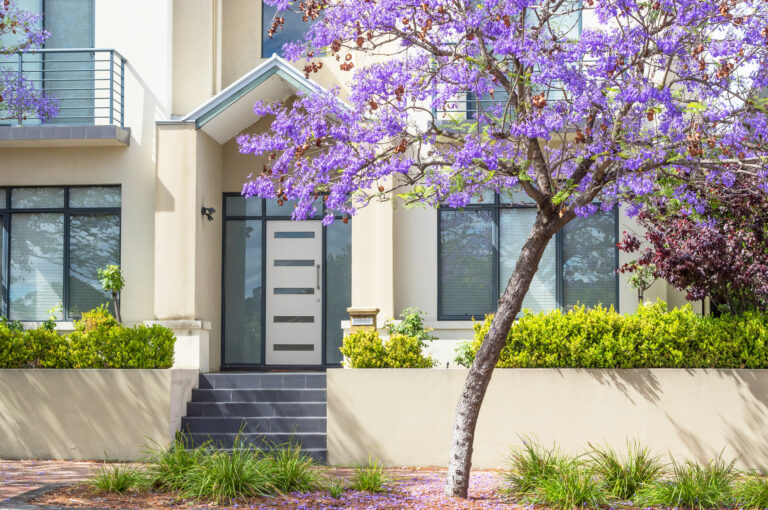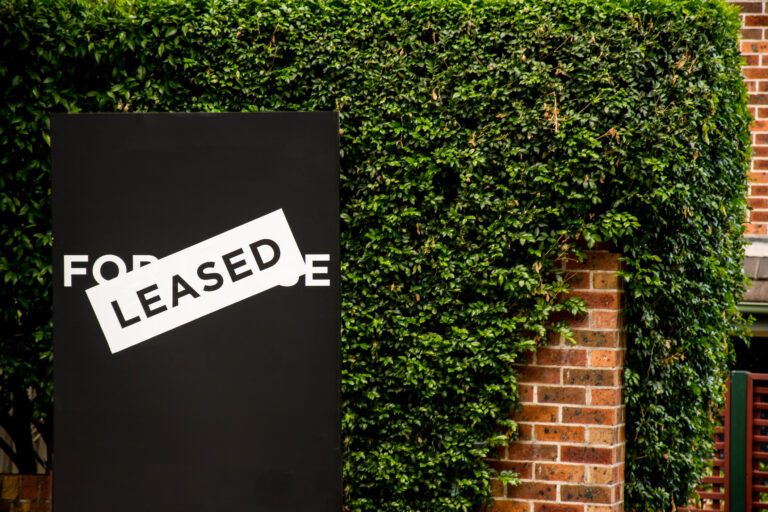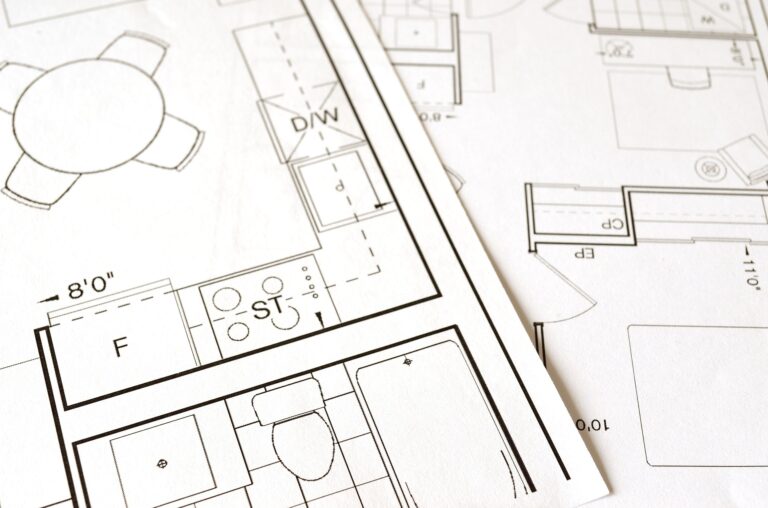There is a growing body of evidence that property market conditions are strengthening. Against a backdrop of an ever-tightening rental market and increasing rents, there are signs of rising buyer activity and stronger prices. Auction clearance rates are showing steady improvement in recent weeks and a number of research entities are recording price growth, in defiance of high inflation, rising interest rates and relentlessly negative media. Domain’s price report for the December Quarter recorded house price growth in five of the eight capital cities, while SQM Research figures showed most capital cities in January recorded price growth for houses and all but one of them for apartments. In recent weeks, CoreLogic’s weekly value index has shown small increases. Consumer sentiment towards real estate is improving, with an API Magazine survey indicating that 50% expect prices to rise this year and a further 20% expect them to stay the same. Commentators like Stephen Koukoulas are noting the improvement in the market. In noting that house prices appear to have stopped falling and that “the worst is over for house prices”, Koukoulas said: “Who would have thought it?”
Migrants Tipped To Boost Housing Demand
Australians are concerned increased international migration will increase demand for properties and affect housing affordability. A survey by Send Money Australia of 1,002 Australians found 84% believe boosting migration in the current financial year will help the economy by filling skilled jobs and increased spending. But 65% are also worried it will mean that house prices and rents will increase further. The Federal Australian Government increased the number of overseas migrants it will accept this financial year from 160,000 to 195,000. Loan Lounge director Nathaniel Truong says the higher intake will have both positive and negative impacts. “The positives are increased demand from migrants wanting shelter for themselves and their families and once they are established, it’s a common dream to own an investment property,” he says. “This will help drive property prices, construction growth and demand for investment opportunities.” On the downside, he says it will put further pressure on housing prices and supply which will cause affordability issues. “There is also pressure on rental yields leading to overcrowding and social issues such as homelessness,” he says. About 45% of respondents are concerned increased migration will lead to unemployment and job competition. Truong says if it leads to unemployment this could impact the property market, affecting an owner’s ability to repay their loan. “(But) I feel the increased competition will be positive for the property market and economy,” he says. Almost half of the respondents think increased migration will be an overall boost to the economy
Young Aussies Pool Resources To Buy
Young Australians are combating increased property prices by pooling their resources and buying with friends. National Australia Bank (NAB) data shows 40% are considering buying a property with someone other than a romantic partner. One of the main compromises those aged 18 to 29 are prepared to make to get into the market is to buy with friends, second only to reducing the amount they are willing to spend. NAB executive for home ownership, Andy Kerr, says younger people are becoming more creative when it comes to being able to buy property. Almost a third of respondents were also prepared to become “rentvestors” – buying an investment property while continuing to rent their home in a desired location. Kerr says younger Australians are casting the net wider when thinking about who they could buy with. “Our data shows that first-home buyers aren’t being deterred from entering the property market, despite the market softening overall and rising cost-of[1]living. Buyers are just thinking outside of the box to make it happen.” While pooling resources can be a good way to enter the market, Kerr warns prospective buyers to ensure they have a solid agreement about how the asset will be handled.
Desperate Renters Lie To Get A Home
Renters admit they are prepared to lie about their income or savings because they are so desperate to secure a property in the tight market. A survey by Finder.com.au reveals they will also lie about not having pets in an effort to snare somewhere to live. One in ten offer to pay more than the asking rent and many are prepared to pay several months’ worth of rent upfront to beat the competition. Finder head of consumer research Graham Cooke says the rental market has become “cut-throat”. SQM Research figures show vacancy rates are only 1.2% in Darwin, 1.4% in Sydney and Canberra, 1.5% in Melbourne and below 1% in all other capital cities. At the same time the median asking rent is now 17.5% higher than at the same time last year. SQM Research managing director Louis Christopher says the trend is set to continue. “February-March seasonally tends to be a very difficult time for tenants looking for rental properties and given the already low rental stock on the market, early 2023 could be a nightmare for would[1]be tenants,” he says. PropTrack analysis shows that, despite rising rents, it is still cheaper to rent than buy 80% of homes in Australia.
Land Size Shrinks As Prices Rise
Building a home is becoming more expensive, as block sizes shrink and the price per square metre increases. A Domain report shows the average size of home sites in larger capital cities has dropped 13% in the past 10 years. Chief of research and economics Nicola Powell says Darwin has the most affordable per square metre price ($737), while Sydney has the highest ($2,466). Melbourne land is $1,811 per square metre, Canberra $1,517, Brisbane $1,254, Perth $1,233, Adelaide $1,194, and Hobart $1,087. In terms of median land size, Perth has the smallest at 503m2, followed by Melbourne at 540m2, Sydney 574m2, Adelaide 600m2, Brisbane 617m2, Hobart 655m2 and Canberra 748m2. “Policy change, land release and property tax reform are needed to see a drastic change in price per square metre affordability to improve,” Powell says. She says as land sizes drop the gap in per-square-metre affordability widens. The reduction in block sizes reflects the preference by many Australians to live closer to a city or the coast in search of a certain lifestyle, location, and access to key amenities and infrastructure. “The land cost has not reduced — buyers are just purchasing less of it,” she says.









